ADVERTISEMENT
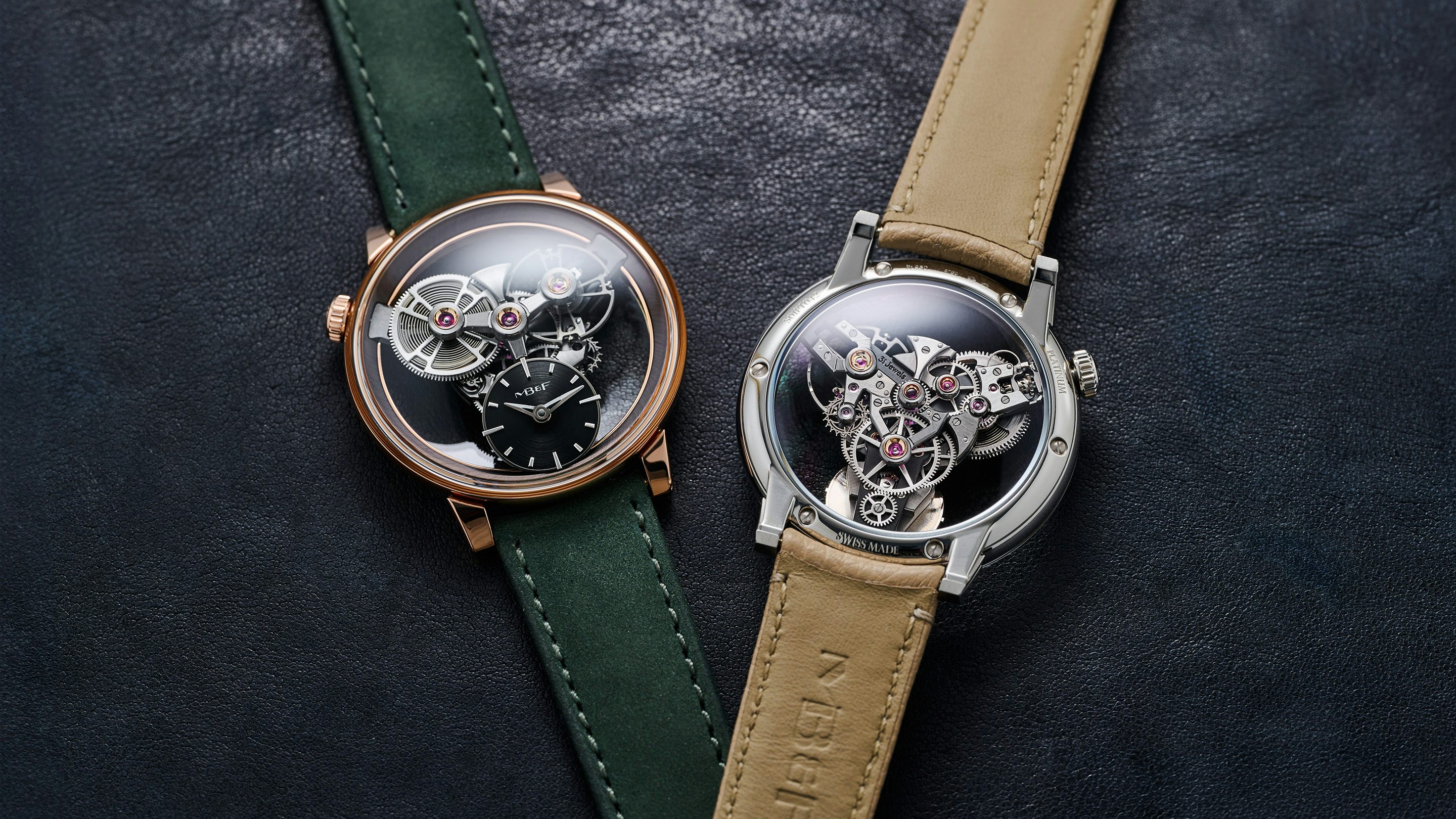
ADVERTISEMENT
There's something funny about the most surprising watch from MB&F—their first new collection since the Legacy Machine in 2011—being the most traditional in a lot of ways. With 38mm by 12mm round case in platinum or rose gold with short lugs, 30m of water resistance, and only two hands, on paper, the MB&F SP One (Special Projects) would qualify as a dress watch if you had no other descriptor. That definition holds in the eyes of MB&F as well, but even at their most "traditional," MB&F still thinks outside the box.
When thinking about the evolution of brand DNA, it's interesting to see the direction MB&F has trended. It's curious to think that, by starting with their Horological Machines, then moving to the slightly more traditional Legacy Machines, and now the SP One, MB&F has become more "traditional" in their 20th year. However, customer tastes change over time—consider Rexhep Rexhepi's massive success with the Chronometre Contemporain, when the Akrivia series was a slow seller—and time and time again, MB&F would find itself criticized by people who couldn't, or wouldn't, look past the size of their watches. But anyone expecting a Calatrava out of Max Büsser was kidding themselves. This is how MB&F would do a dress watch, and do it unlike anyone else.
The design of the SP One is deceptively simple. The brand's original internal name for the watch was "Three Circles." Each of those circles has a straightforward function: the barrel, balance wheel, and dial all sit in a different place on the dial, and from the front, much of the rest of the going train is hidden.
Even the rear of the watch shows how refined and minimal the gear train can be. There obviously were some changes as the center wheel is—well, no longer center, and therefore the traditional barrel, center wheel, third, and fourth wheel construction has become more complex. And yet, MB&F's team has kept the movement compact toward the center of the dial to emphasize the see-through effect of the front and back sapphire crystal.
The limited bridges on the watch are brushed and chamfered, as are the inner spokes of the gears, which shows that MB&F has put a little extra effort into what limited traditional finishing potential is available when a watch lacks large plates and long edges, like those found on MB&F's Legacy Machines. Those bridges are anthracite in tone, with a ruthenium finish, while the engravings (like the finish) are done by hand. But finishing wasn't the most significant issue faced when creating the SP One.
Despite its minimalist design, the SP One boasts a remarkably long 72-hour power reserve. One of the least traditional aspects of the case design is the crown at approximately 10 o'clock, which is necessary to maintain a close proximity for the keyless works to wind and (more complexly) set the watch. The watch then has to transmit the power from the barrel to the escapement, releasing that power (ideally) at 2.5Hz. But unfortunately, prototypes don't always function as intended.
If you play music on an acoustic stringed instrument, you may be able to guess where this is headed—a brief diversion to talk about acoustic guitars (though the same concept applies to violin, cello, piano, etc.). Among other properties, such as their wood, one of the factors that most significantly impacts the sound of acoustic guitars is their ability to resonate freely. A good luthier will remove as much wood as they can from the top of the guitar and the braces that hold that top. I've been lucky to watch one of the greatest living guitar makers, Wayne Henderson, do that work with a pocket knife, and his success is partially due to knowing how far to push it. Go too far, and the top will implode—spectacularly in fact.
The same applies to watches. Whether you're talking about removing material from a bridge of a traditional watch—thinning the movement to thin the watch, skeletonizing it, or even making it suspend in thin air—a watch is essentially a bomb trying to implode on itself from the torsion of the barrel and the power transmitted. That's exactly what happened to an early version of the SP One. I love the fact that, for all the experience and talent of the MB&F team, sometimes things don't work as intended. Luckily, they eventually got this one right, and it stopped imploding.
Despite having a more traditional case design, the watch still has a less-than-traditional time display, most similar to what you'd find on Legacy Machines. The SP One comes in two variations, platinum or rose gold, but both feature black DLC-coated, circular-brushed, inclined dials at 6 o'clock with applied silvered hour indicators and silvered hands that match the color of the movement rather than the case. It's hard to tell if that's the right decision for the rose gold version, but rose indices and hands probably would have clashed with the movement.
The two models are also different in the color of their rehaut. Done in black on the rose gold version and icy blue on the platinum (similar to what you'd find on some Rolex platinum models), both colors work well for the material. However, since the time-telling dial is black on both, it matches better with the rose gold. Perhaps the platinum model could have featured the same ice blue for the subdial, but it's likely that the lack of contrast on such a small element would have made it difficult to read.
I have to say, I really like the SP One. From my perspective, it simply provides another option for people who appreciate Max Büsser and his team, as I do, and offers a way to express that appreciation. However, I know that it has been a divisive release. I've spoken with a few collectors who own MB&F watches and could be in the market for something like this, and their feedback primarily comes down to its transparency.
As you can see below, an owner with a hairy or particularly pale wrist might find the see-through front and back a bit distracting or unsavory. I've never been one bothered by arm hair the way some are (see our story where Ben modeled the Tank Mini). I've actually never mentioned it publicly, but I have a minor skin condition that I'm sometimes self-conscious of when posting wrist shots, but it's never stopped me from liking a watch, and I won't let it stop me now either.
There are dozens of reasons that have me convinced that, at some point, I need to own an MB&F. Will this be the one? It's hard to say, but maybe not. It doesn't feel like a perfect first MB&F for a collection (I'd argue that should still be a Legacy Machine), but rather a great way to add versatility to an MB&F fan's collection. My last thought is left mulling over something I heard from Büsser himself: this was a design he had in mind for years, tried, and put away in the archives with no guarantee of ever revisiting it. That makes me wonder how many great ideas didn't make it past the drawing board and how many more we could see in the future.
For more information on the Special Projects One, visit the MB&F website.






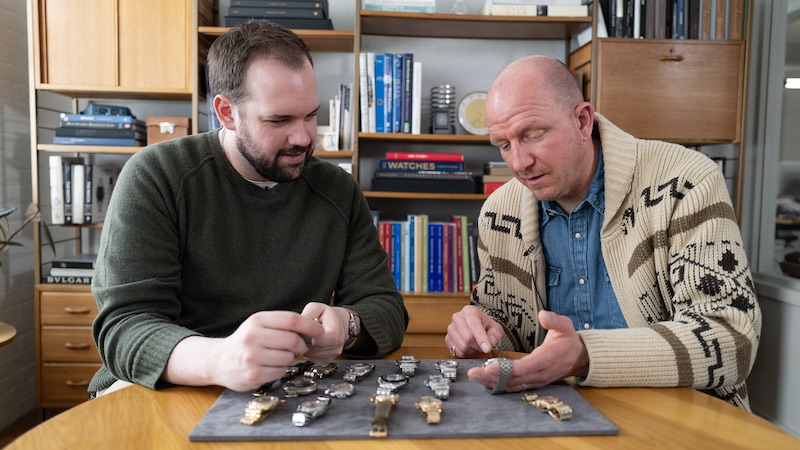




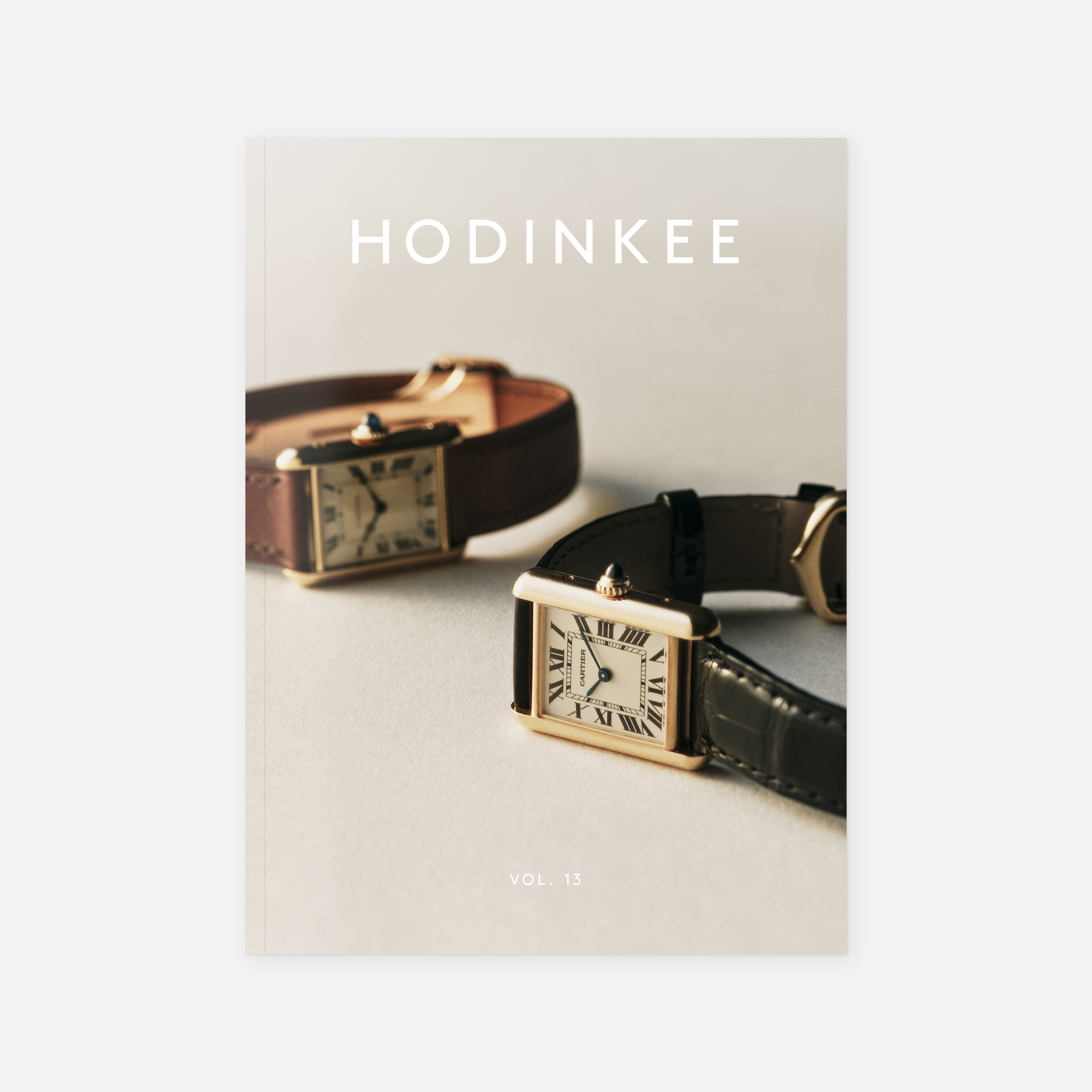
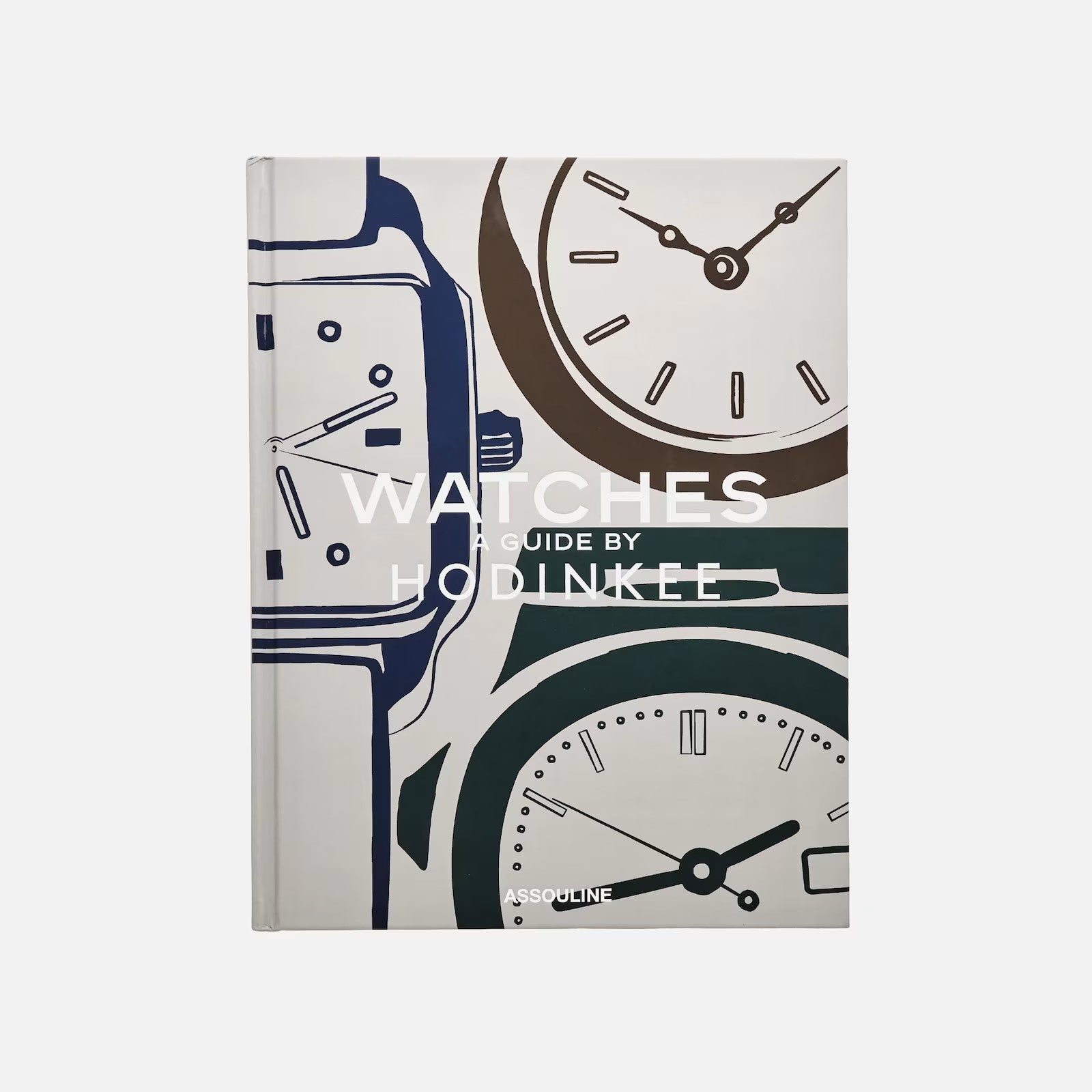
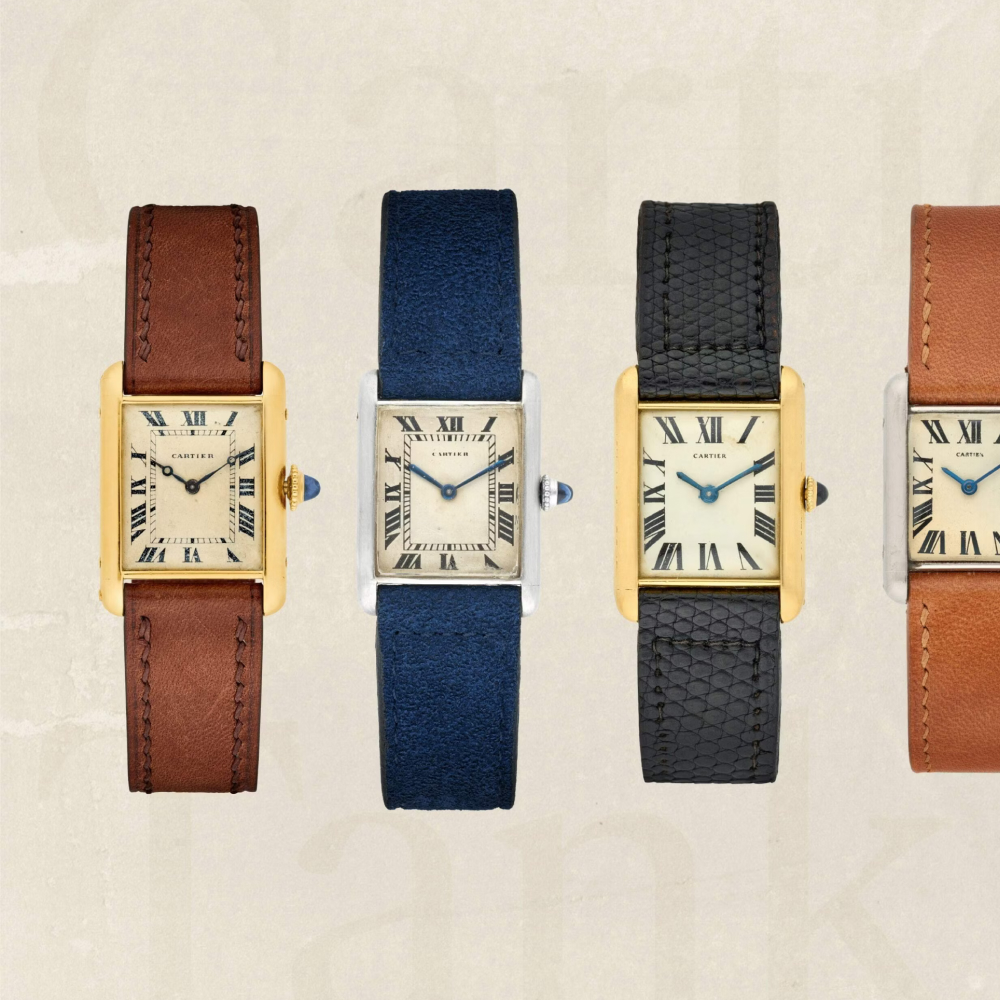







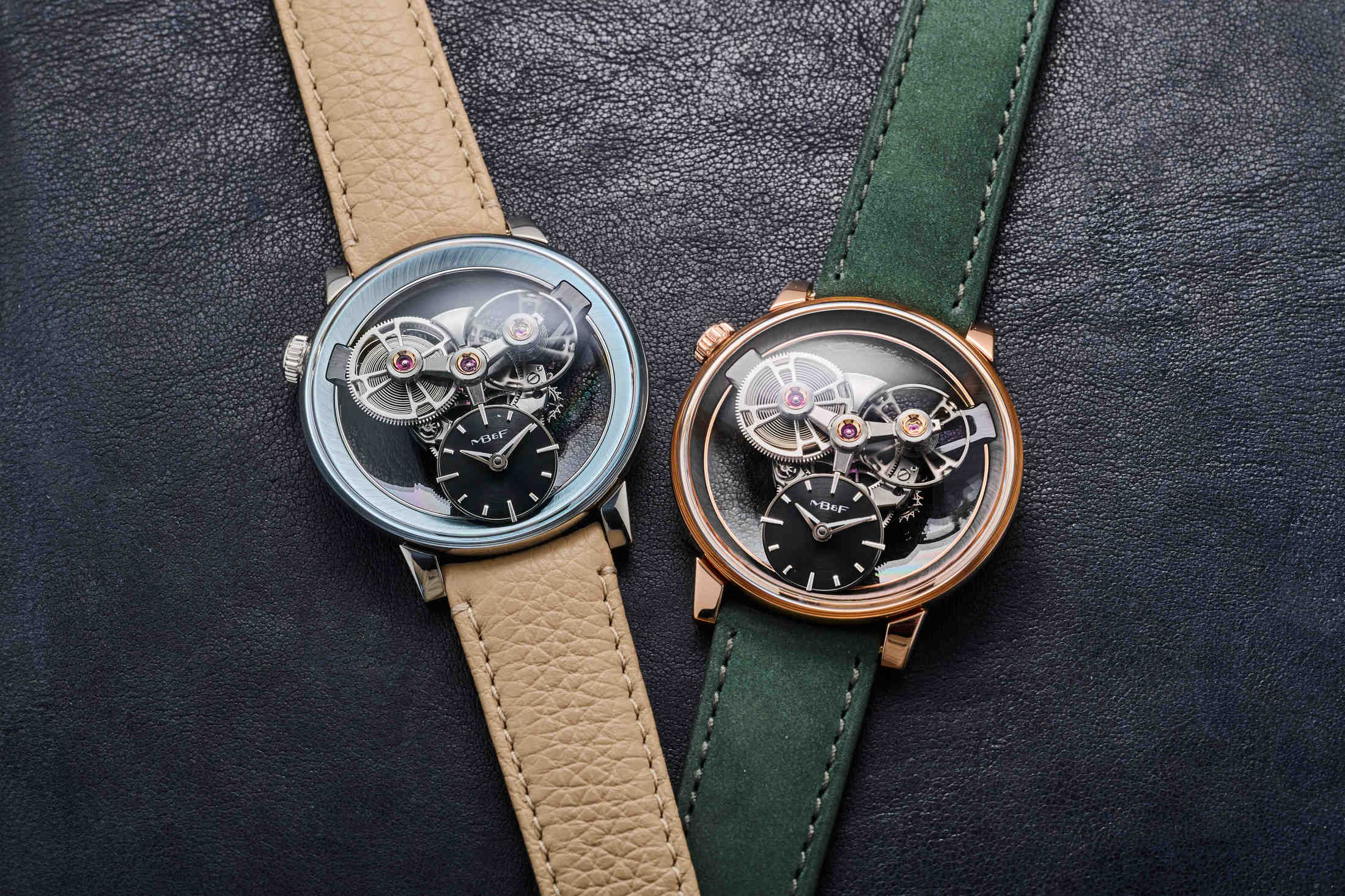
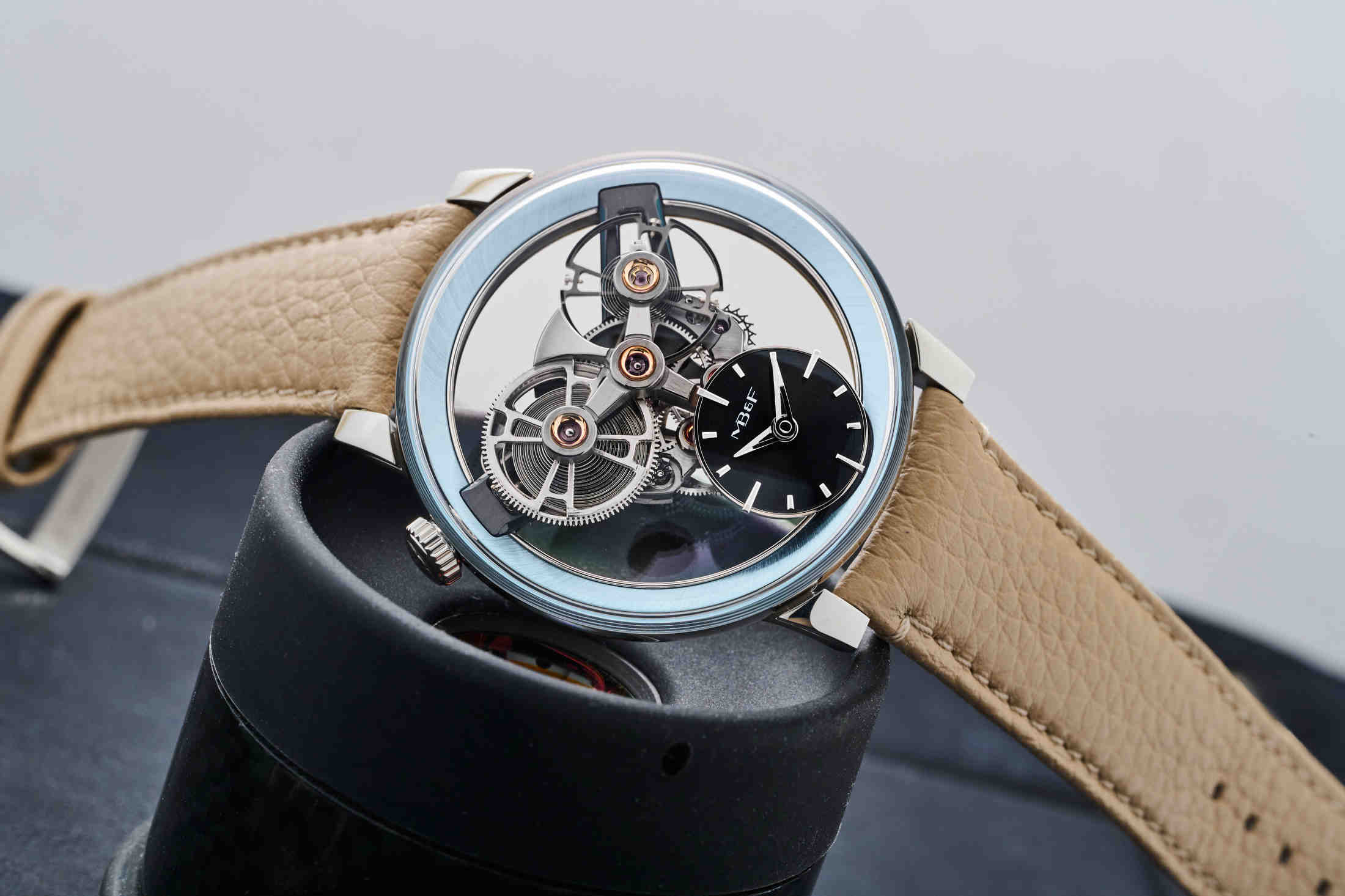
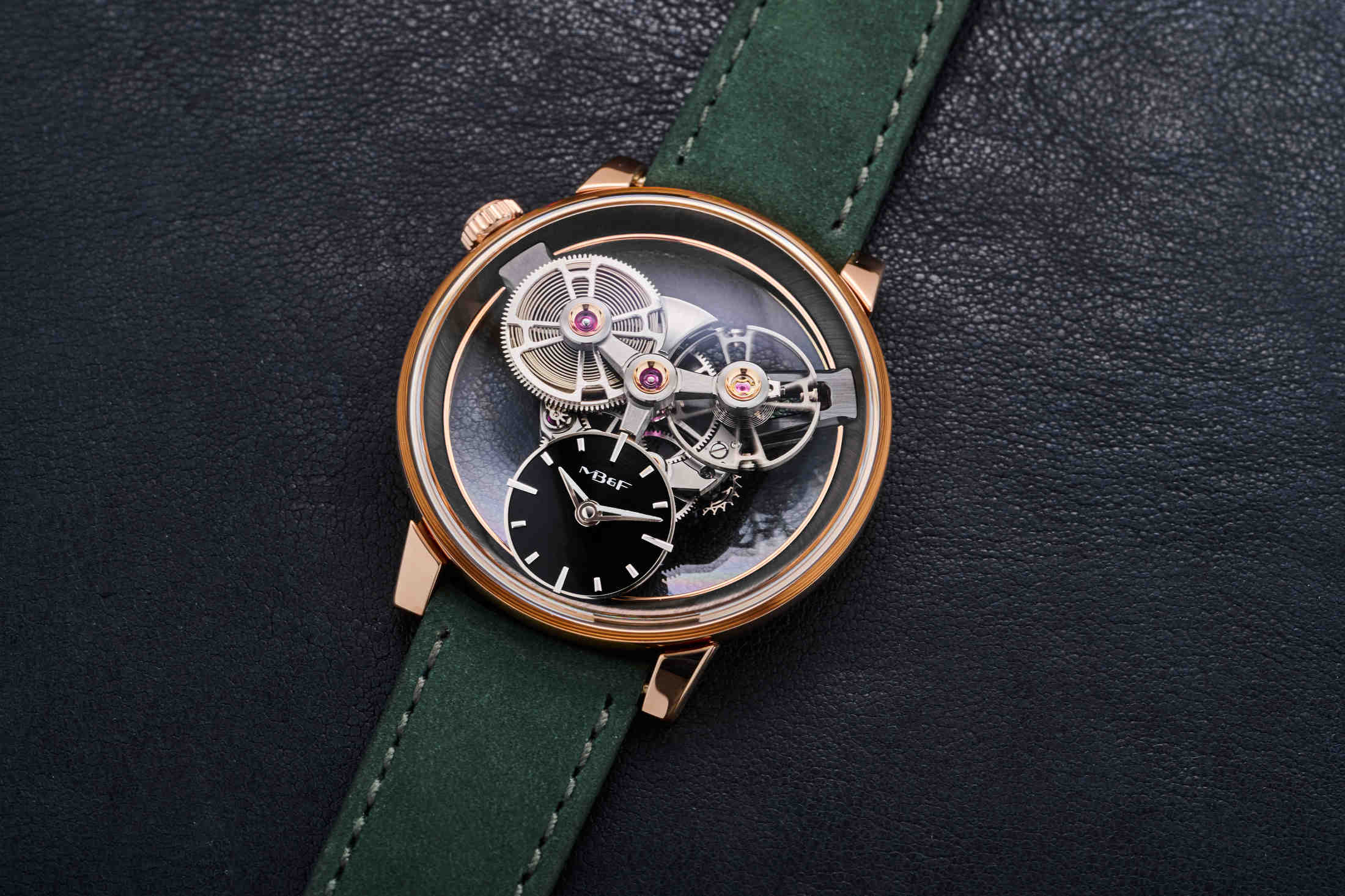
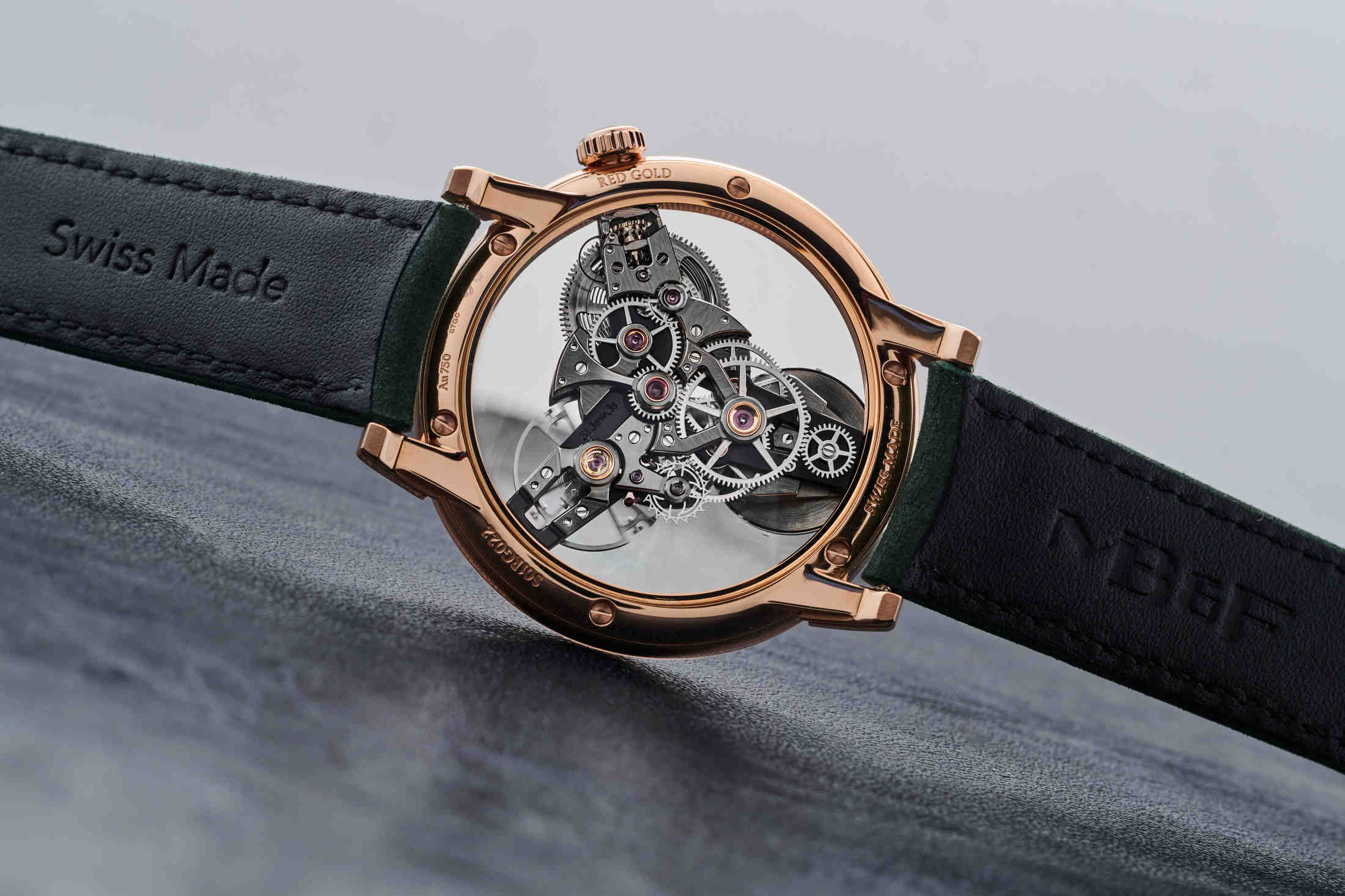
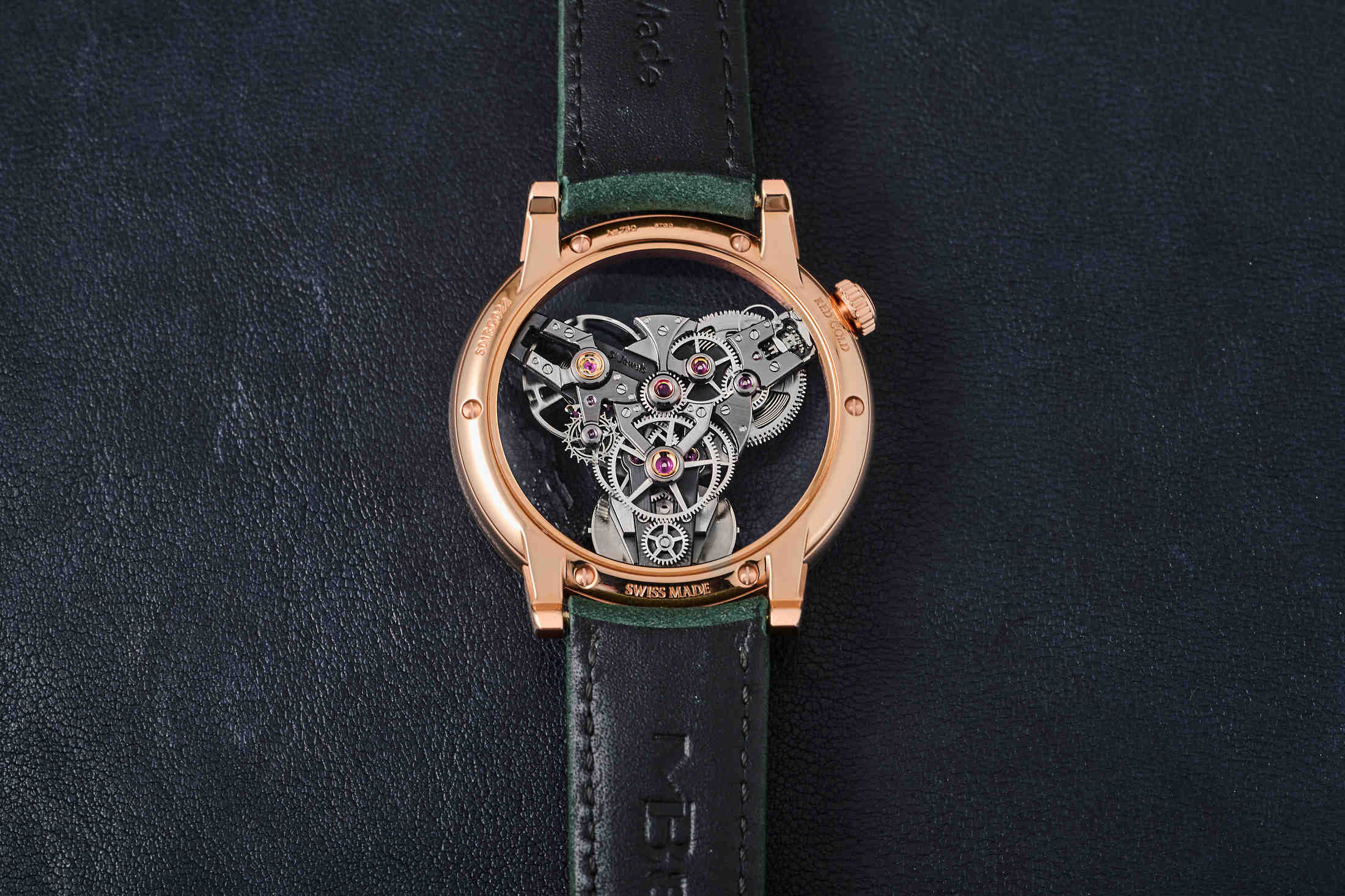
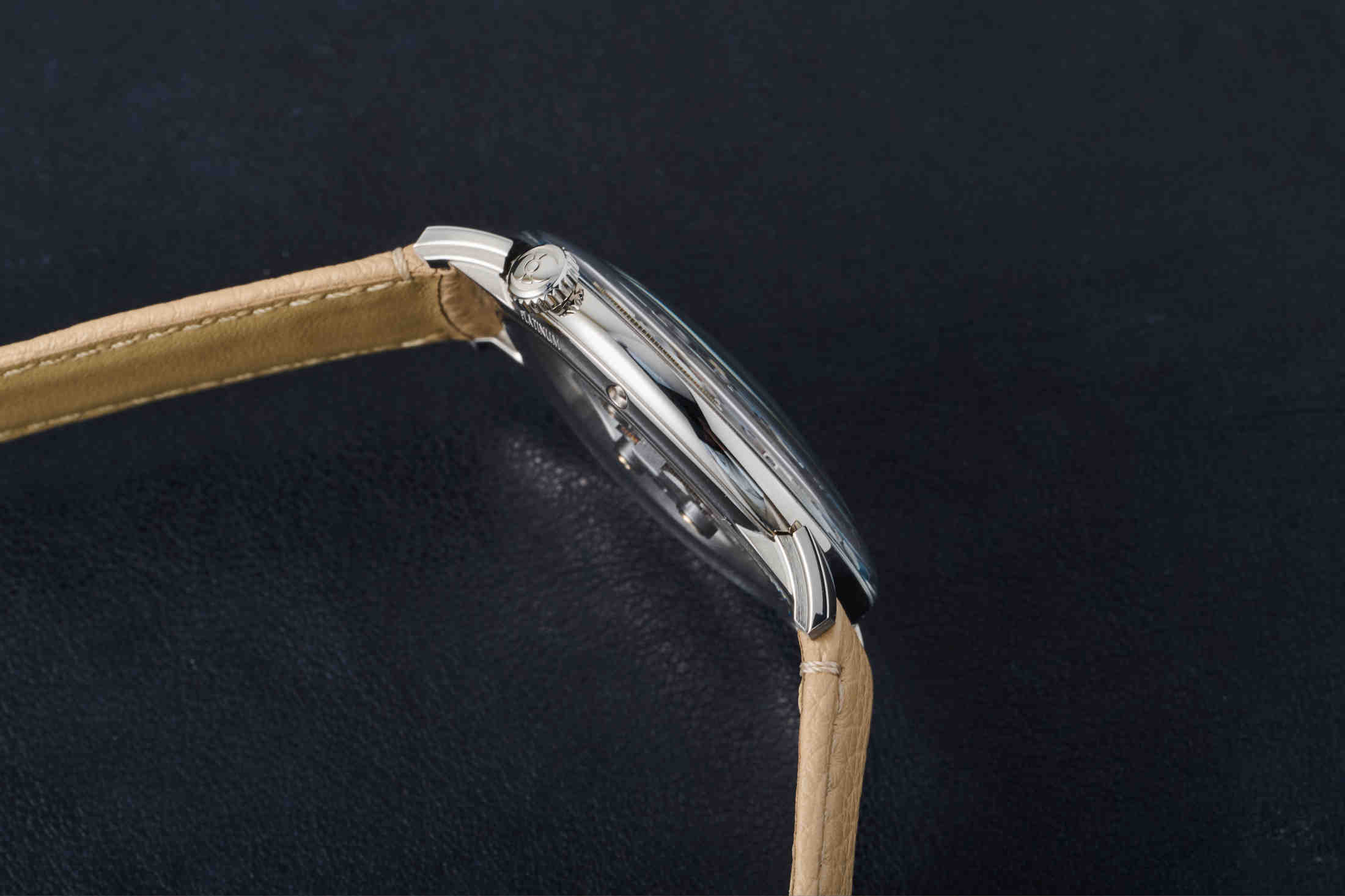
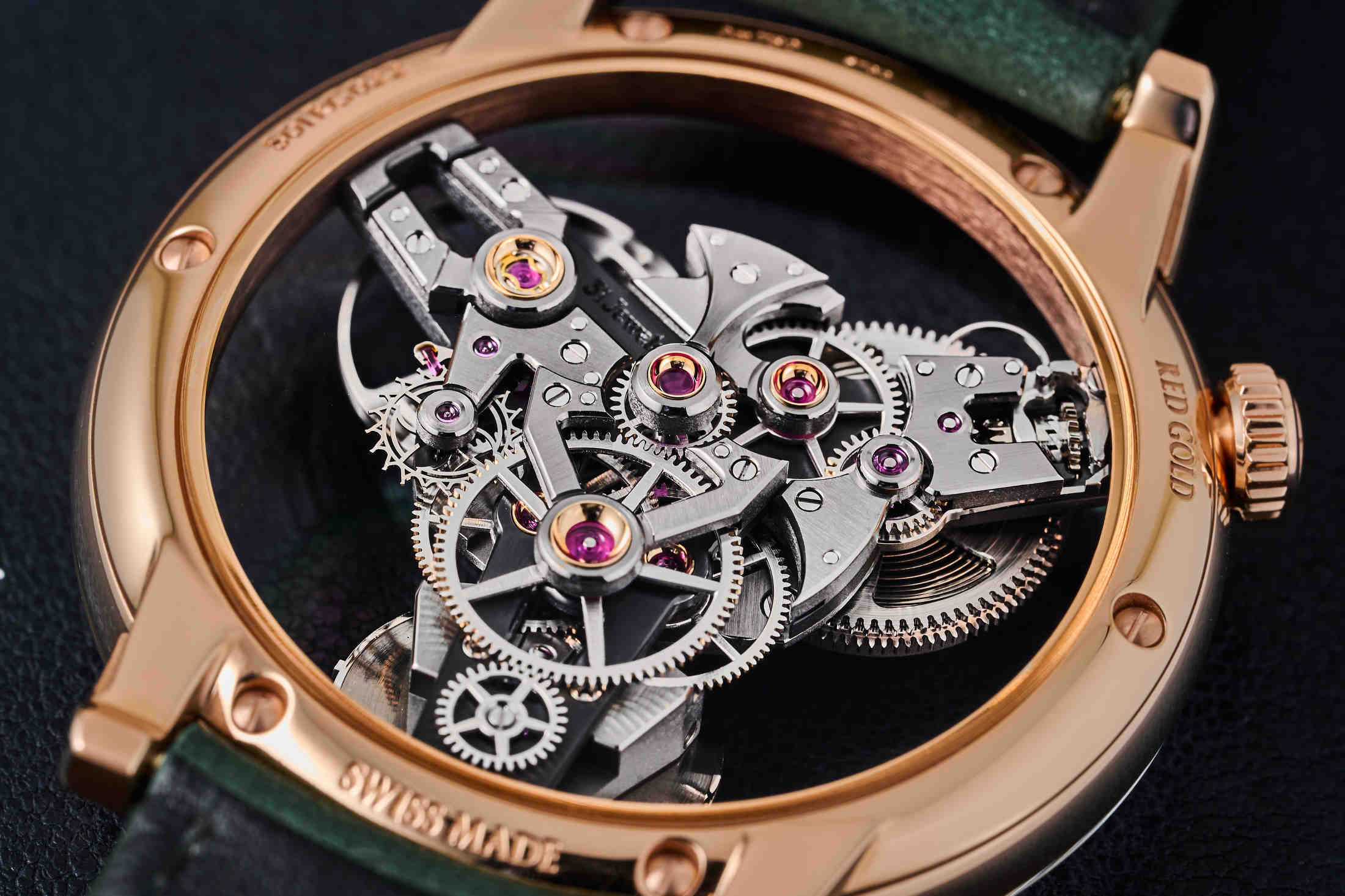
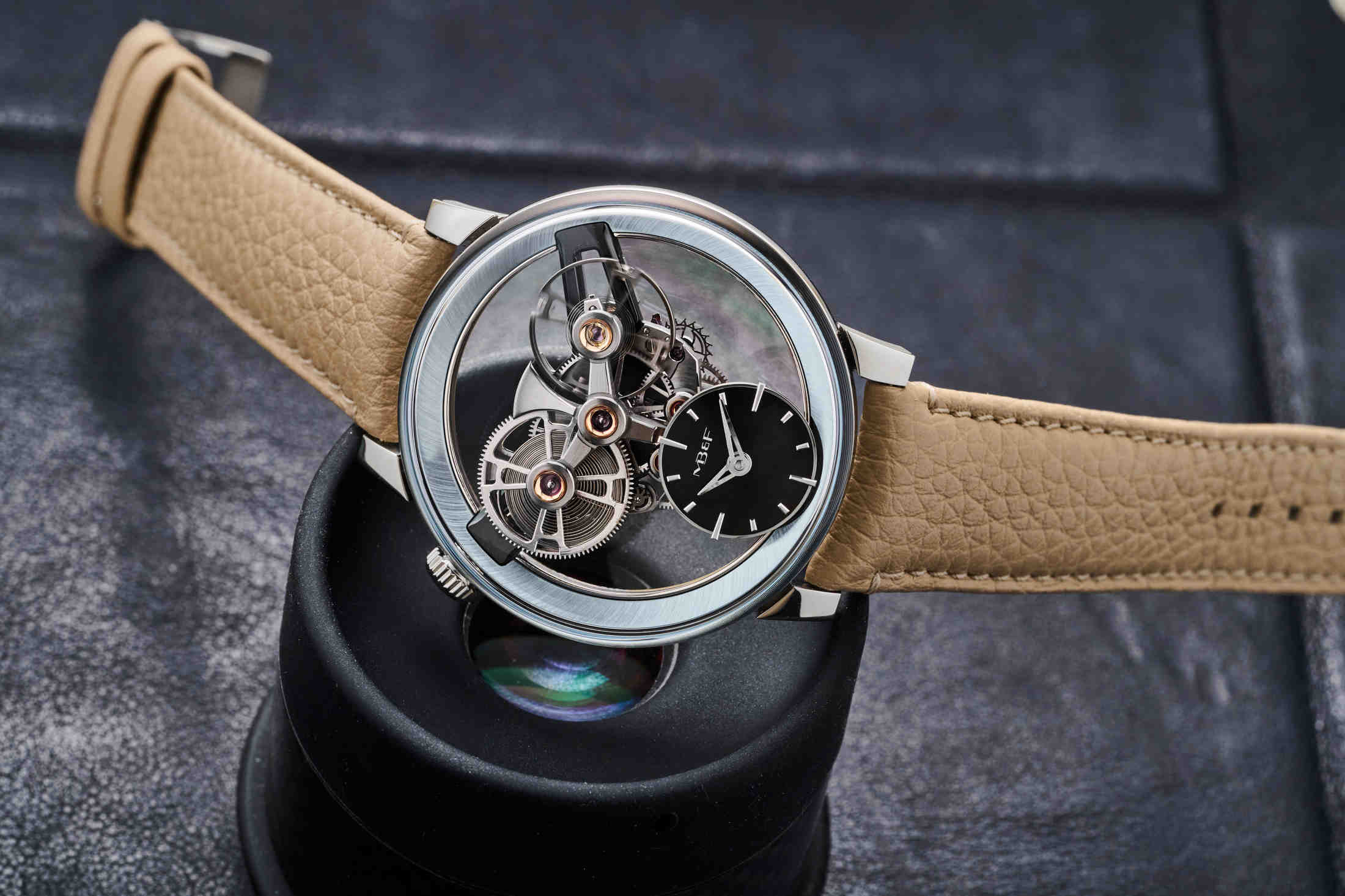
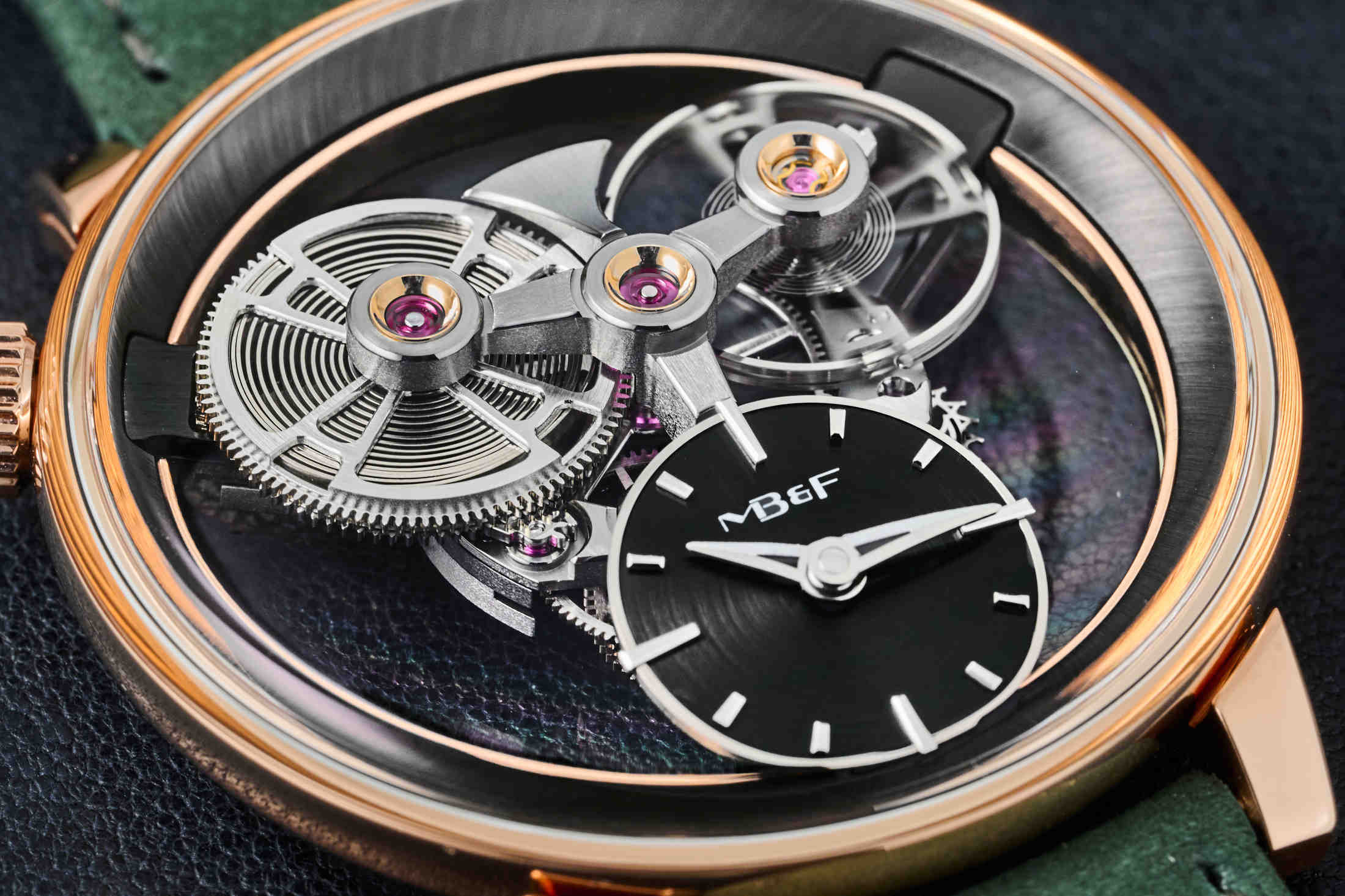
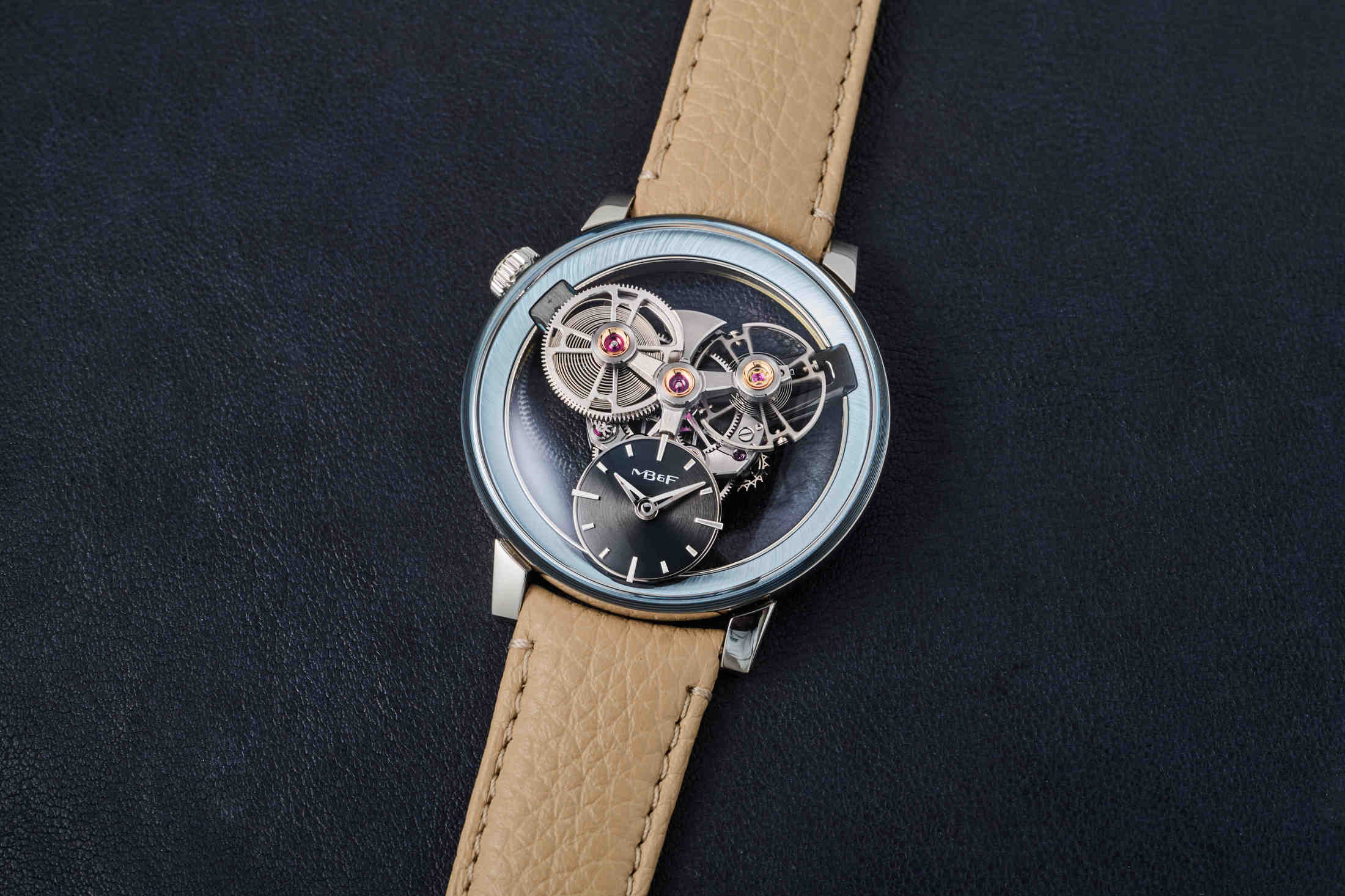
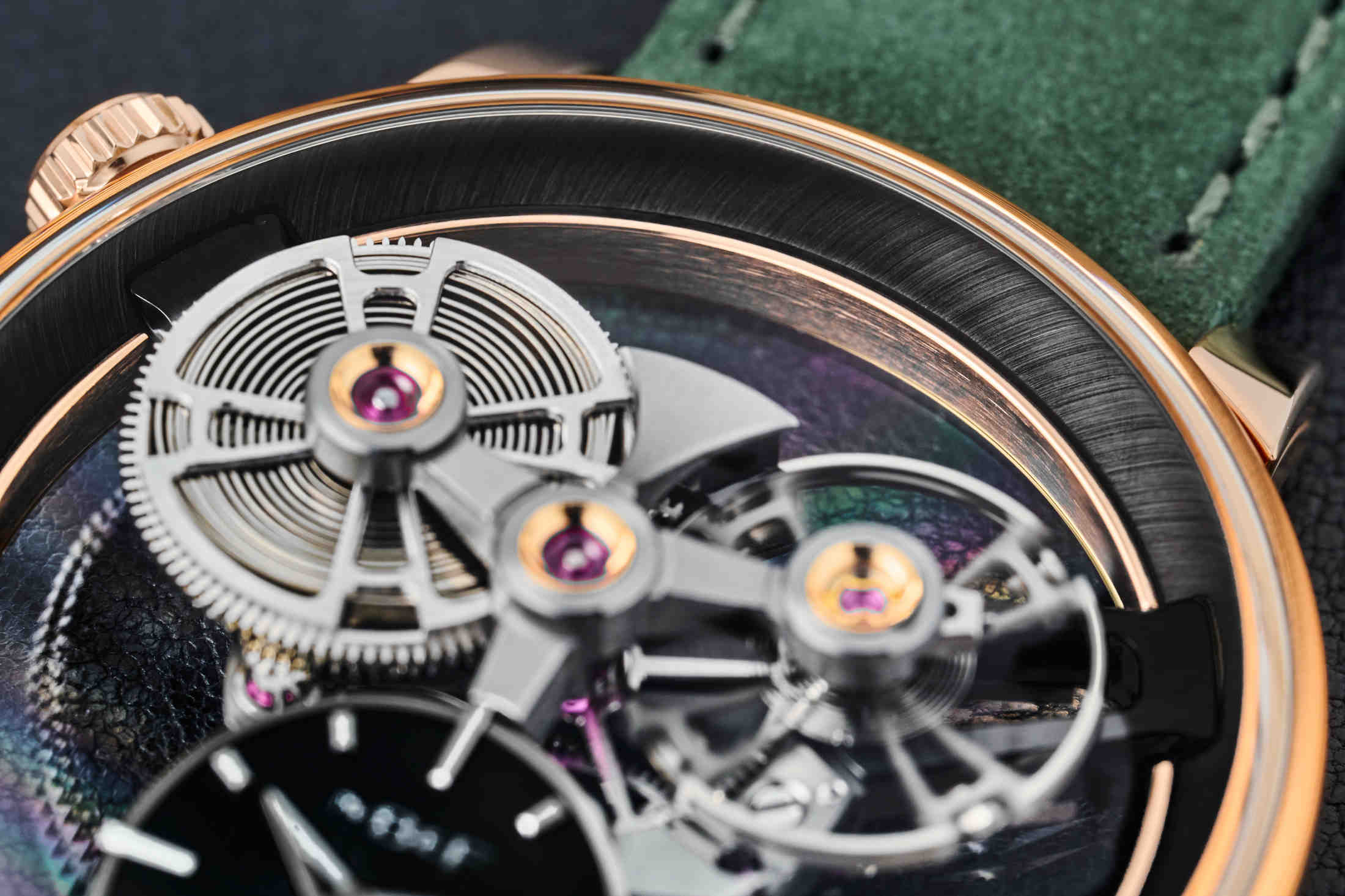
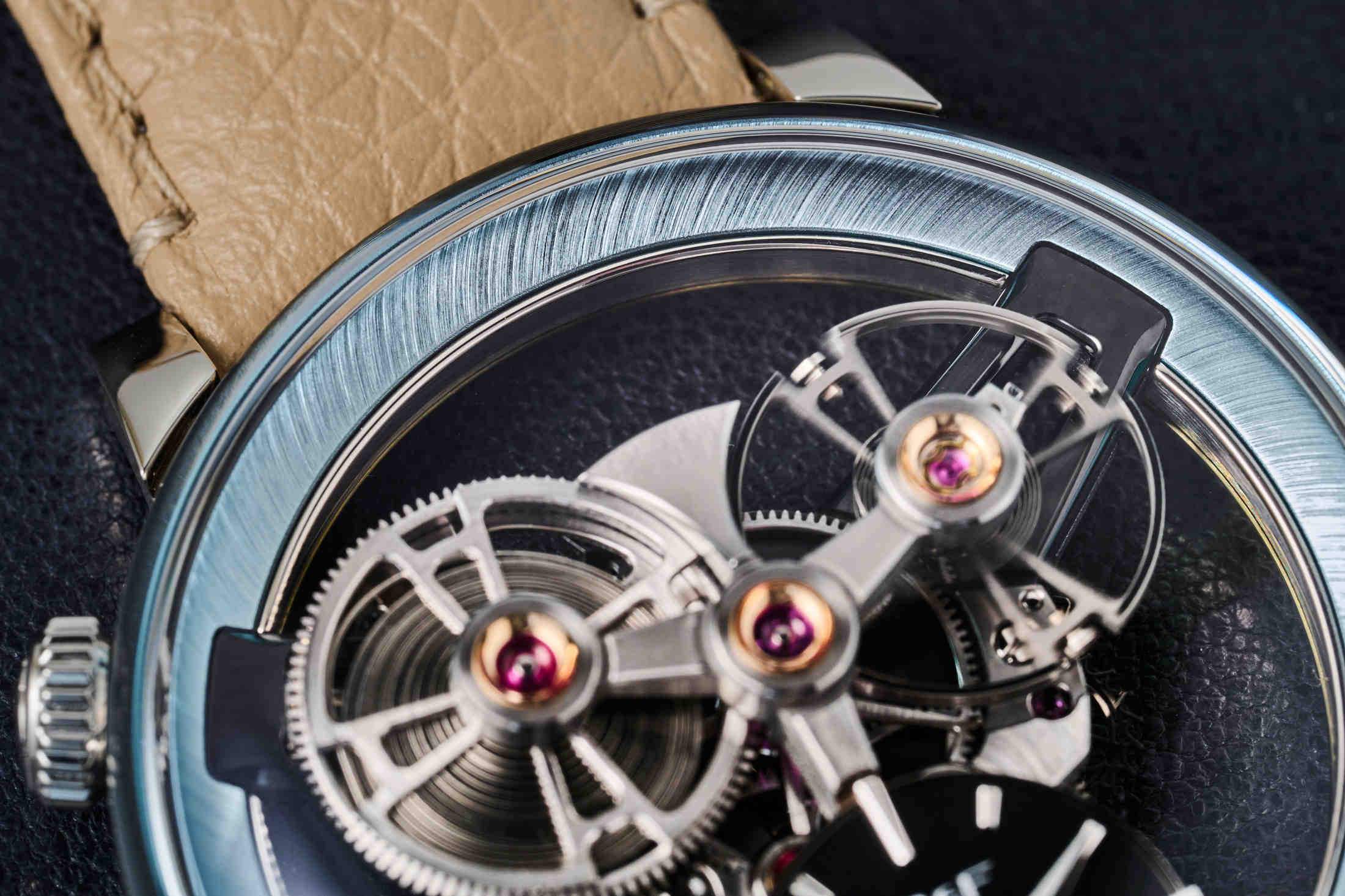
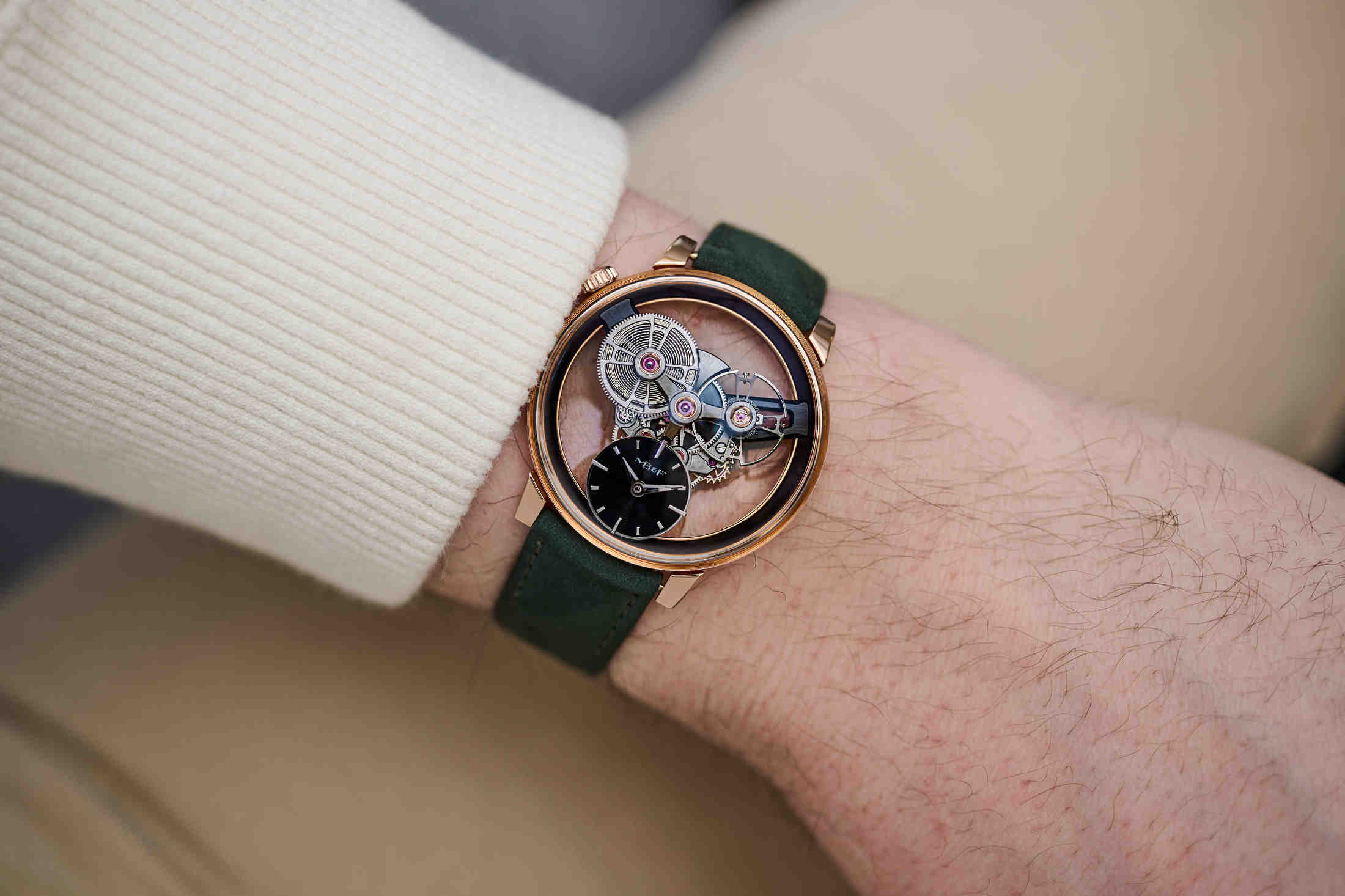








Top Discussions
Hands-OnThe Urban Jürgensen UJ-1 250th Anniversary Tourbillon
Hands-OnThe Typsim 100M
Hands-OnMB&F Special Projects One